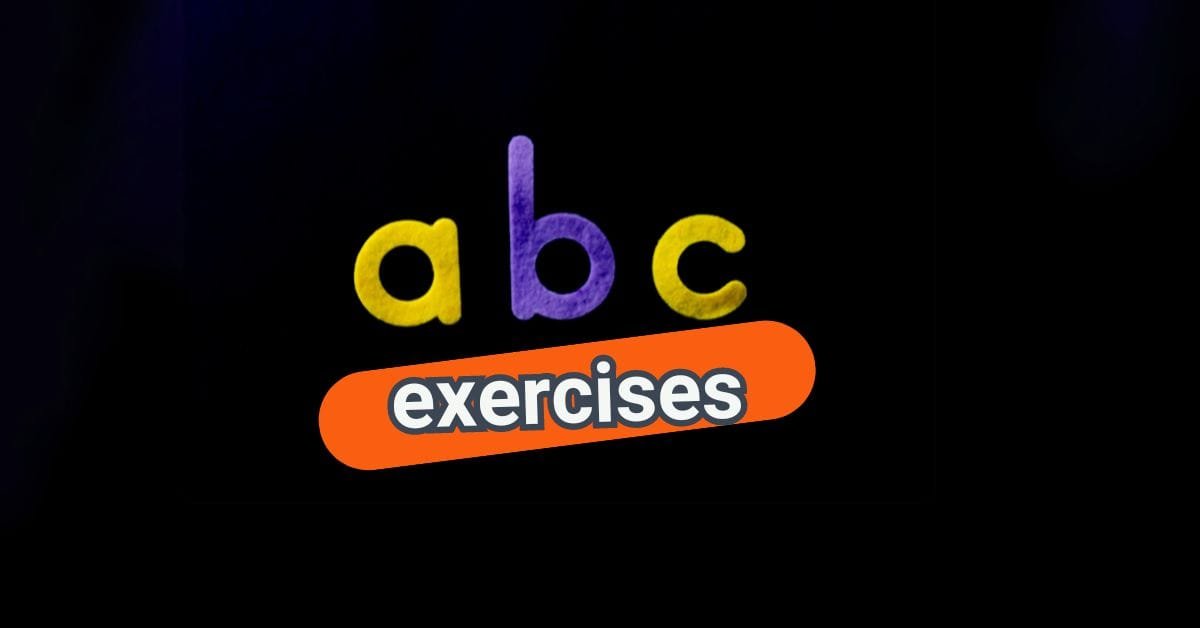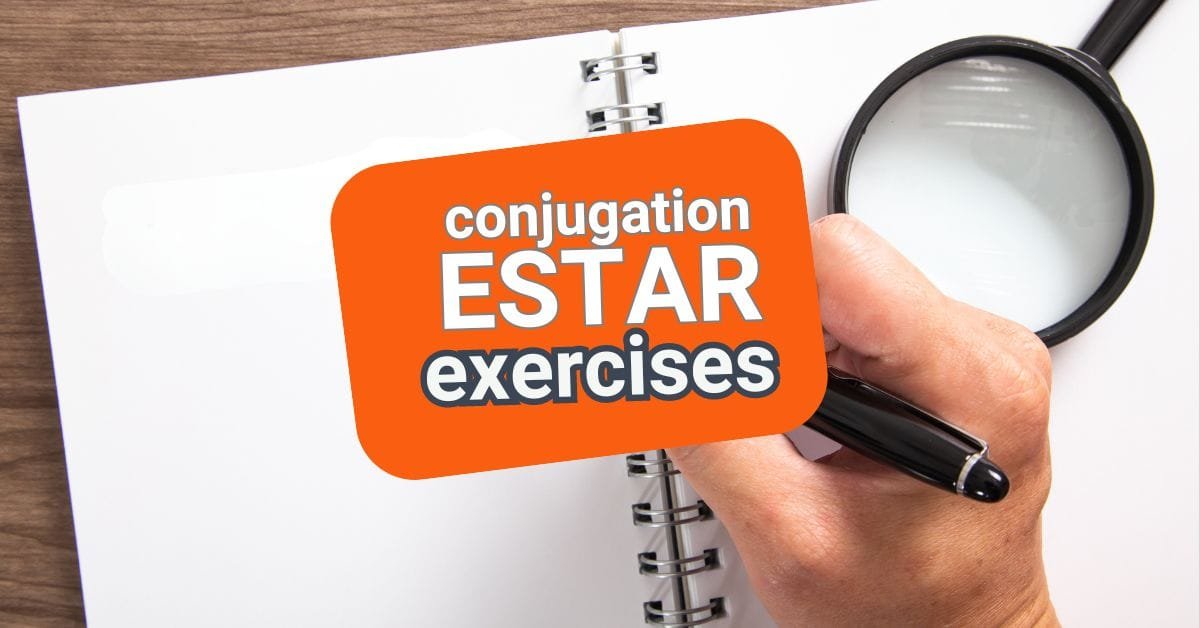Ordering food in Spanish in an easy and relaxed way. If you’ve ever found yourself in a Spanish-speaking country and felt a little lost trying to order at a restaurant, you’re not alone! Whether you’re traveling or simply learning Spanish for fun, one of the most practical skills to master is how to order food. In this interactive listening practice, you’ll hear a short dialogue between a customer and a waiter in a restaurant setting.
We are talking about one of the most useful skills you can learn, whether you’re traveling, studying abroad, or simply looking to improve your everyday conversation abilities. Restaurants are a common setting where real interactions happen — and being able to confidently handle yourself in these situations makes a huge difference.
This page offers an interactive listening exercise, a YouTube video, and helpful explanations to build your confidence when ordering food in Spanish. By listening to authentic conversations and filling in missing words, you’ll sharpen your ear, improve your vocabulary, and gain the skills to navigate restaurant scenarios like a native speaker.
Your task is to fill in the missing words using context clues and your understanding of Spanish vocabulary related to food and dining. This type of exercise is especially helpful because it improves your listening comprehension, spelling, and familiarity with real-life conversations — all in one go!
The phrases and vocabulary in this dialogue are commonly used and can be applied right away in real situations. You’ll also be exposed to different verb conjugations, food names, polite requests, and basic restaurant interactions.
So grab your headphones, get ready to focus, and let’s go through a tasty Spanish conversation together.
Why Practice Ordering Food in Spanish?
Knowing how to order food in Spanish helps you feel more connected to these cultures. It’s a real-life situation where vocabulary, grammar, and politeness all come into play.
From asking for the menu to ordering drinks and dessert, you’ll use a wide range of language skills in a single interaction. This is why it’s one of the best topics to focus on when you want to quickly build confidence in speaking and listening.
Here are some reasons to master this skill:
- It prepares you for travel and social situations.
- It teaches you polite forms and useful verbs like quisiera (I would like).
- You’ll practice common vocabulary for food and beverages.
- It’s a practical way to reinforce grammar and sentence structure in context.
What You’ll Learn in This Exercise
This listening practice focuses on a short dialogue between a customer and a waiter. You’ll hear authentic Spanish and use context clues to fill in the blanks. This helps reinforce:
- Listening comprehension
- Spelling and punctuation
- Formal and informal expressions
- Vocabulary related to restaurants and food
You’ll hear real-life Spanish spoken in Spain. It emulates the way people actually speak. It includes variations in tone, pace, and phrasing that you won’t always get in textbooks.
Objectives
Practice basic structures for ordering food in Spanish.
Improve listening comprehension in an everyday context.
Learn restaurant and food-related vocabulary.
Develop confidence to interact in real-life situations.
Key Vocabulary Used in the Audio
Only words and phrases from the audio are included here. These are essential for understanding the conversation and placing your order in Spanish.
- Quisiera – I would like
- Plato del día – Daily special
- Para beber – To drink
- Postre – Dessert
- Flan, paella, gazpacho – Common food dishes
- Menú – Menu
- Agua, vino tinto – Water, red wine
- Por favor – Please
Focus on how these words are pronounced and used within the full sentence. The more you hear them, the more natural they’ll feel to use in conversation.
Exercise instructions
- Listen to the conversation between a customer and a waiter.
- As you listen, fill in the blanks with the correct Spanish words or phrases.
- Use the context of the dialogue and what you hear to complete the text.
- Don’t worry if you don’t get everything right the first time! You can replay the audio.
- Pay attention to polite phrases and useful vocabulary for real-life conversations.
Tip: Watch for accent marks and gender/number agreement. Spelling counts!Oordering food in Spanish Audio
Ordering food in Spanish (Audio and Exercise)
Tips for Getting the Most Out of This Practice
Listening is one of the most important skills for learning Spanish. It pays out, especially in restaurant situations, where it’s easy to feel overwhelmed if you don’t catch what’s being said.
So, in order to get the most of this exercise, try these techniques:
- Repeat the audio: Listen more than once, even after you’ve completed the blanks.
- Say it out loud: Practice full sentences, mimicking the pronunciation and rhythm.
- Role-play: Recreate the conversation with a friend or tutor.
- Self-assess: Record yourself and compare it with the original dialogue.
- Write it down: Copy full sentences to reinforce grammar and vocabulary.
This type of active listening builds automatic responses. Soon, phrases like “¿Qué desea comer?” or “Para mí, una paella, por favor” will come to you naturally.
Final thoughts
Ordering food in Spanish doesn’t have to be intimidating. With consistent listening practice like this, you’ll start to recognize patterns, expand your vocabulary, and gain confidence in your speaking ability. This type of immersive learning is what truly bridges the gap between textbook knowledge and real-world usage.
We recommend repeating the audio a few times and even practicing the full conversation aloud. Try role-playing with a friend or recording yourself to self-assess your pronunciation.
Don’t forget to check out our related resources below to continue improving your Spanish listening and conversation skills.
Listening Practice: Common Spanish Greetings
Vocabulary Drill: Common Travel Phrases
Conjugate “Estar” in Present Tense
Check out our YouTube channel for more tips and exercises.


